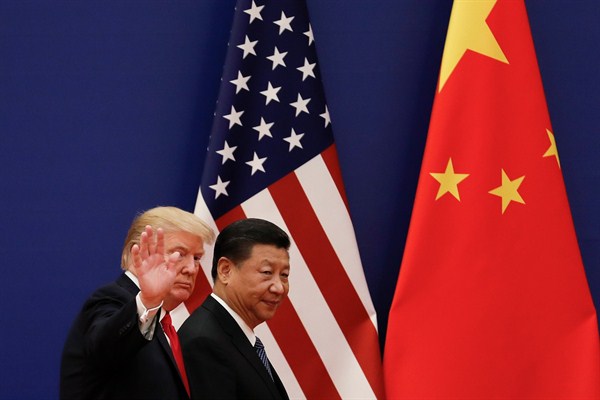I suspect I speak for many close observers of international affairs when I express my frustration with the sheer repetitiveness of trying to decipher signal from noise amid the chaos and uncertainty that surrounds U.S. President Donald Trump.
Trump’s lengthy jaunt through Asia is the latest case in point. On the one hand, he managed to reassure many observers by staying “on-script” through much of the trip, although defining success as avoiding any public displays of pique—rather than securing any concrete deliverables—is a sign of how low the bar has now been set for Trump. On the other, he did not manage to alleviate anxieties or confusion over what his America First approach to U.S. foreign policy means for the region. In short, par for the course for Trump’s “uncertainty doctrine.”
In so doing, Trump left the field open for Chinese President Xi Jinping to present Beijing as a beacon of stability and continuity, particularly with regard to regional trade liberalization. The role reversal is as striking as the irony is bitter: Over the past five years, the Asia-Pacific region has repeatedly turned to Washington to counterbalance China’s increasingly assertive and at times bullying behavior, most visibly in the South China Sea.

